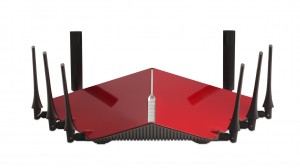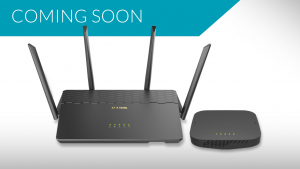Article – From the horse’s mouth
Wi-Fi Alliance
Wi-Fi Agile Multiband (Resource Page)
My Comments
A reality that is affecting how the Wi-Fi wireless local network operates is the increasing number of network-infrastructure hardware that can work simultaneously on both the 2.4GHz and 5GHz bands. Add to this the fact that most Wi-Fi clients released in the last few years are able to work on both these bands.
But there is the issue of making sure these devices can provide the optimum throughput for whatever data you are sending to them. This can affect the setup process for network-infrastructure hardware where you have to be sure you are on the right channel for optimum throughput everywhere over your premises.
There is also the fact that you may want to make sure that your laptop, smartphone or other client device chooses the right band for the right application when you deal with a network that works across both bands. This would be more important where you have to use the least-cluttered band to assure reliable audio or video streaming or IP-based voice or video telephony sessions.
The Wi-Fi Alliance have launched a certified trademarked specification known as Agile Multiband to answer these situations.
What does it offer
A network access point or client that implements Wi-Fi Agile Multiband has the ability to monitor the service quality to determine the best connection opportunities available for that network.
Client and infrastructure devices in a Wi-Fi Agile Multiband network can steer away from congested channels and bands. This is a form of “self-tuning” which can take place even as the network’s environment changes.
In a multiple-access-point network, a Wi-Fi Agile Multiband setup can steer client devices away from
oversubscribed access points to those that aren’t loaded with traffic to access points that don’t have much traffic on them. This is also to answer the reality that home networks are heading towards the multiple-access-point path thanks to HomePlug-based access points and mesh-based wireless network kits.
All these options can answer the needs of both static and mobile client setups. This means that a Wi-Fi-capable printer or Smart TV can benefit as much from these features as a laptop or smartphone that is always moved around. It can also appeal to “transportable” clients like Smart TVs installed on easily-movable furniture or “all-in-one” desktop computers which are normally static but are moved on an ad-hoc basis.
Moving around a Wi-Fi Agile Multiband network will see minimal interruption for the network device’s user. This is because client devices can cache network encryption keys to facilitate a quick handover between different access points, something that will be important for IP telephony or AV streaming.
A question that needs to be asked thanks to the ubiquity of Wi-Fi wireless networks operating on the 2.4GHz band is how a Wi-Fi Agile Multiband network can address non-Wi-Fi interference on that band. This is a situation driven by microwave ovens, cordless telephone systems, Bluetooth devices and the like that work on this band and the use of these devices could cause temporary interference.
What Wi-Fi Agile Multiband is about is a step to assure increased reliability out of Wi-Fi wireless network segments and make better use of the radiofrequency spectrum available to them.



